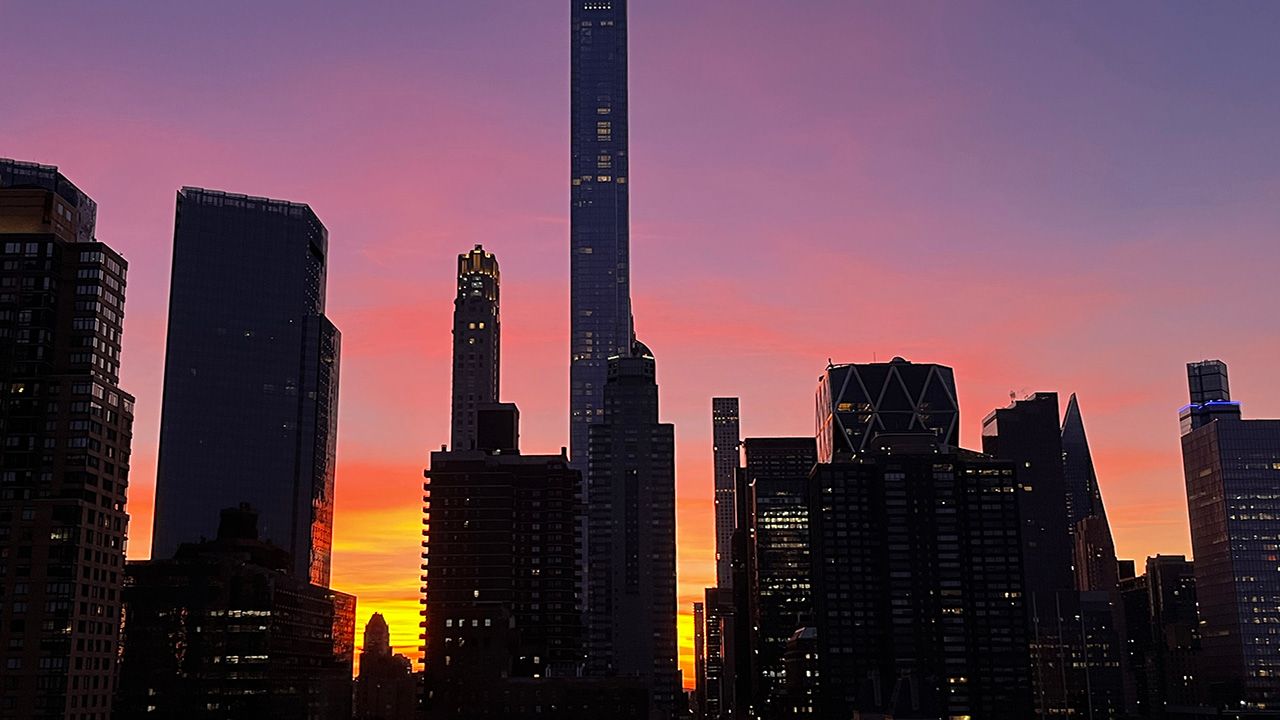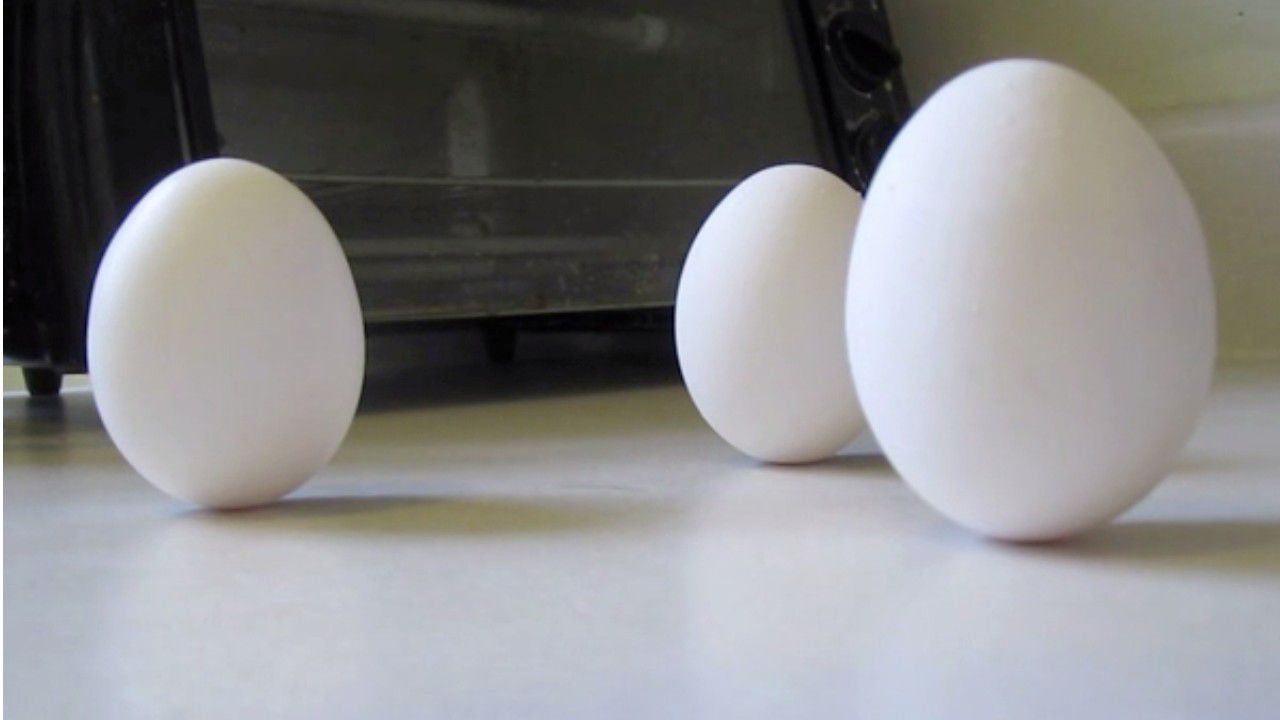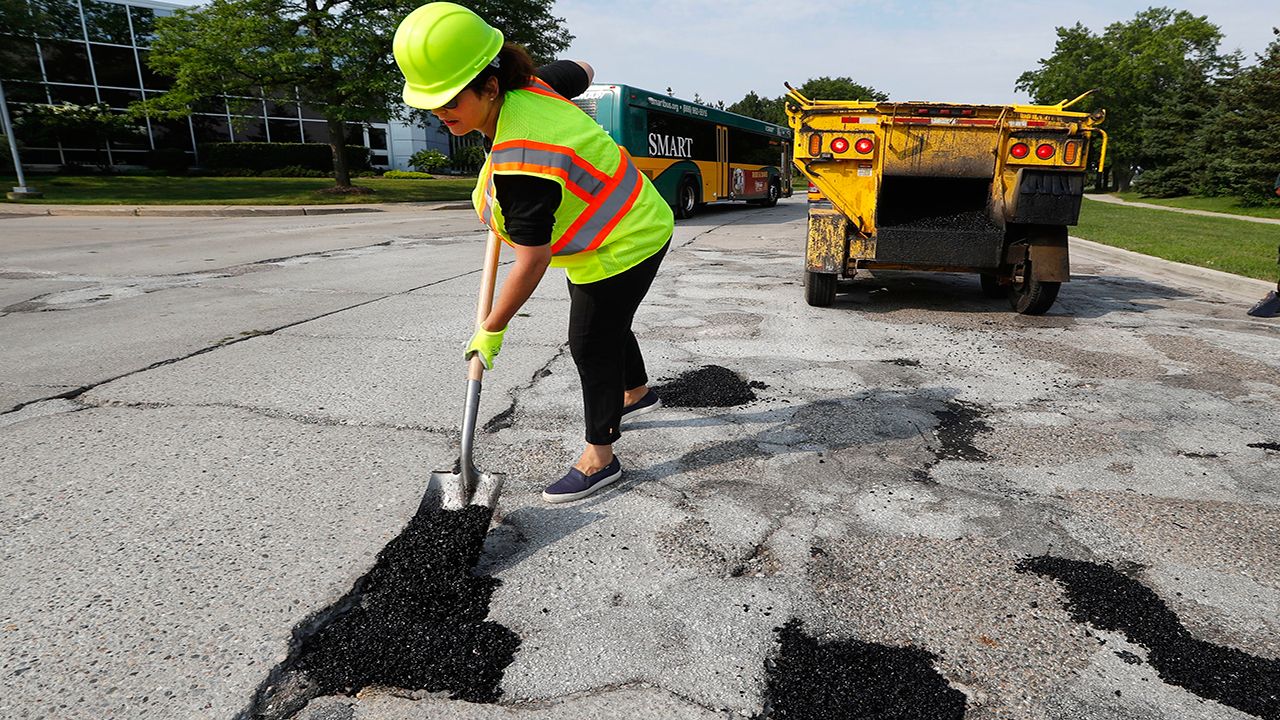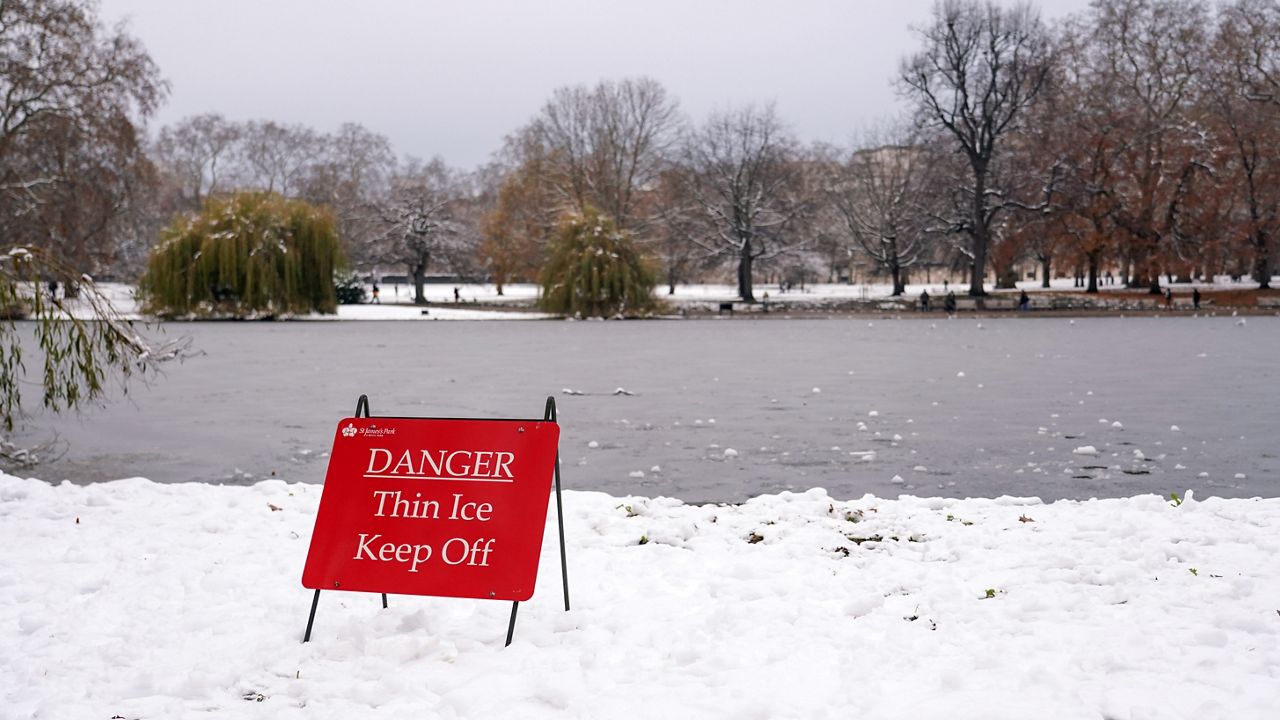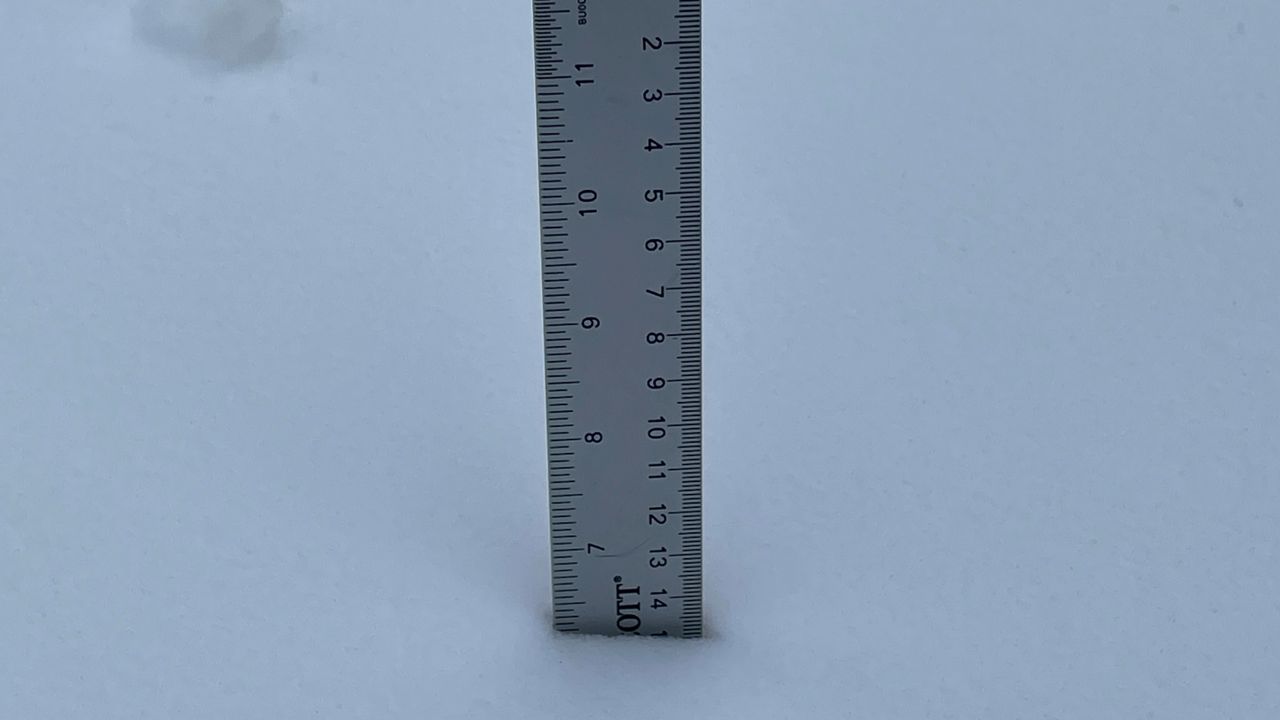Numerous people dread the shorter days and earlier sunsets each fall. Is turning the clocks back be better or worse?
Each fall, we return to standard time on the first Sunday of November. This means an extra hour of sleep but also a sunset that is before 5 p.m. It is well known that automotive accidents and pedestrian incidents increase notably each year when we change the clocks.
Also, many find the early sunset depressing and some wonder if it’s worth it?
We’ll get into the details, but ultimately it’s a case of whether you want it dark in the morning or dark in the evening. .
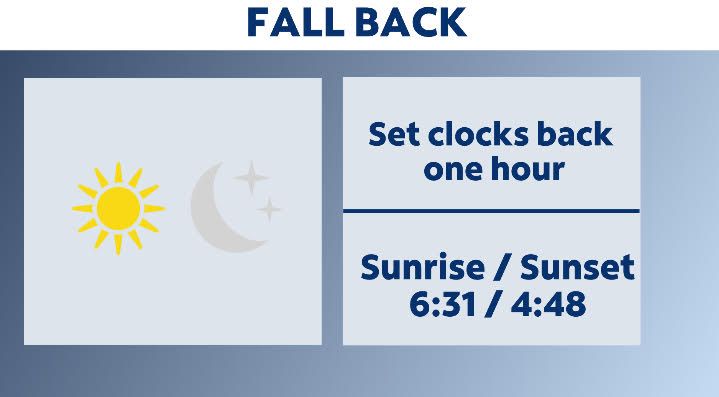
Our latest sunrise is 7:29 a.m. here in New York City. That happens on the day before daylight saving time ends. If we didn’t turn the clocks back, our latest sunrise would surge to 8:20 a.m. That means for a lot of school kids, it would still be dark out when the first bell rang and many commuters might need flashlights on their way to the subway.
However, making daylight saving time permanent would mean that our earliest sunset would be 5:28 p.m., making for a brighter evening commute.
Our earliest sunset is 4:28 p.m., which happens on December 8th. Having sunset near 8:30 p.m. instead of 7:30 p.m. is pretty significant when you factor in the school and work commute. For other parts of the country, the difference is even more dramatic.

If we made daylight saving time permanent, other parts of the country would be in the dark.
Check out Minot, North Dakota, where sunrise in the winter wouldn’t happen until after 9:30 a.m. in the morning.
For Minneapolis, sunrise would be at 8:51 a.m. and for Seattle, you’d need some extra coffee, with a sunrise of 8:57 a.m.
Daylight saving time became law in 1967. Almost all the United States uses it except Arizona, Puerto Rico and the U.S. Virgin Islands.
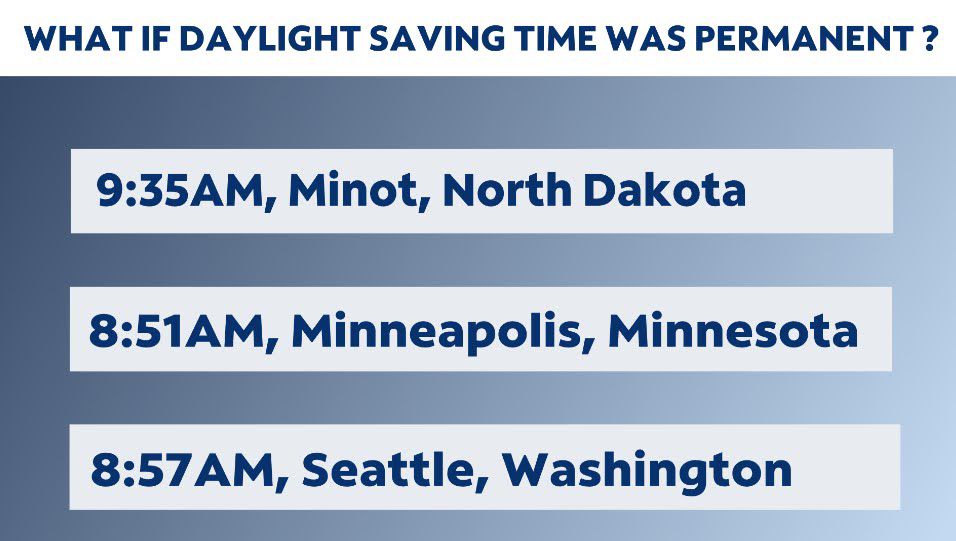
Our team of meteorologists dives deep into the science of weather and breaks down timely weather data and information. To view more weather and climate stories, check out our weather blogs section.




